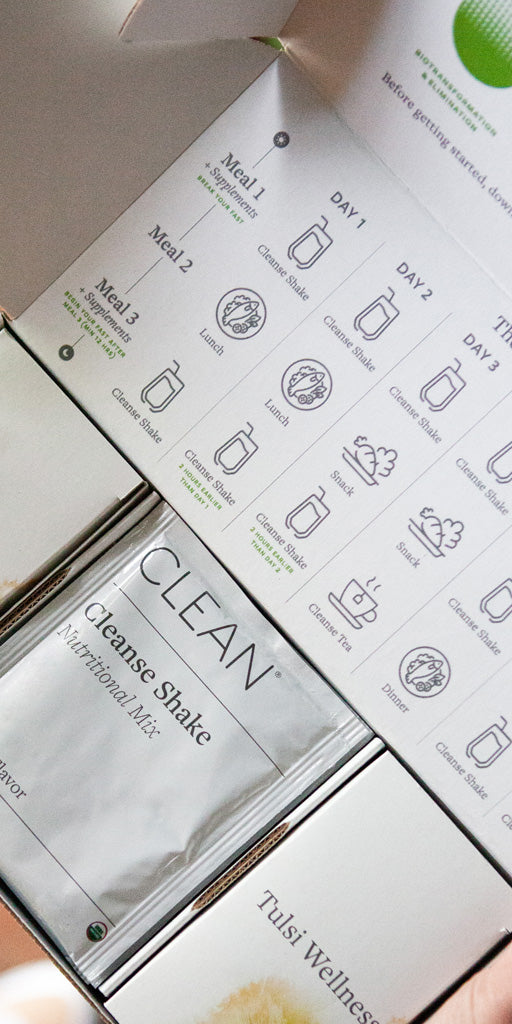Breathing is one of the most important activities we engage in. Our lives are dependent on a constant flow of oxygen being delivered to each cell. In the yogic tradition, the breath is said to carry a person’s life force. “Pranayama” is a Sanskrit word made up of the two words, “prana” and “yama” (or “ayama”), and is translated to mean “mastery of the life force”.
In yoga, the life force, known as prana, refers to the energy that animates, controls, and permeates the world in and around us. Digesting our food and changing our heart rate in response to Activity are all highly complex tasks, yet each of them happens spontaneously, effortlessly, and automatically through the functions of prana.
Pranayama is typically defined as a set of practices designed to control prana in the body through various breathing techniques. While many modern yoga practitioners have come to associate yoga with the performance of physical postures (asana), all of the earliest recorded texts on yoga emphasized liberation through meditation and pranayama practices.
The aim of both yoga and pranayama is to help us live more fluidly in partnership with the world around us. The breath touches every aspect of our being: physical, physiological, emotional, and spiritual. Some of the benefits of the many different pranayama Activitys include reduced anxiety and depression, lower/stabilized blood pressure, increased energy levels, muscle relaxation, decreased feelings of stress and overwhelm, better elimination, increased focus, and a higher sense of self.
With its many health benefits, pranayama makes an amazing addition to your Clean Program. Here are three of the many pranayama Activitys to explore:
*Before each Activity, set the scene: Most pranayama is best practiced on an empty stomach. Choose a comfortable sitting position—either cross-legged on the floor or in a chair with your feet flat on the floor. Allow the spine to lengthen. Gently close the eyes.
1. Nadi Shodhana (Alternate Nostril Breathing): Nadi is a Sanskrit word meaning “channel” and shodhana means “purification.” Therefore, nadi shodhana is primarily aimed at clearing and purifying the subtle channels of the mind and body, while balancing its masculine and feminine aspects.
How to practice: Begin by taking a full, deep inhalation followed by a slow, gentle exhalation. Bring the right hand into Vishnu mudra by folding the tips of the index and middle fingers inward until they touch the palm at the base of the right thumb. Align the length of the ring and pinky fingers on the right hand.
First, use the right thumb to close the right nostril. Exhale gently, but fully, through the left nostril. Keeping the right nostril closed, inhale through the left nostril and deep into the belly, allowing the breath to travel upward along the left side of the spine to the head. Pause briefly.
Next, use the ring and pinky fingers of the right hand to gently close the left nostril and simultaneously release the right nostril. Exhale through the right nostril, releasing the breath down the right side of the body down to the pelvic floor, then pause briefly. Repeat this alternating pattern for several more rounds.
2. Ujjayi Pranayama (Ocean Breath): Ujjayi comes from the Sanskrit prefix ud, which means “bondage” or “binding” as well as “upward” and “expanding.” This prefix is combined with the root ji, which means “to conquer” or “acquire by conquest.” In other words, ujjayi pranayama is about obtaining freedom from bondage. This pranayama is cleansing and tranquilizing.
How to practice: Allow the back of the throat to contract gently and slowly inhale with a full yogic breath. A yogic breath is slow, relaxed, completely natural. Begin by breathing into the root of the pelvic floor filling the belly, then the ribs, and lastly the upper chest. Then exhale, releasing the breath slowly from the top of the upper chest, then from the ribs, and finally from the belly.
Maintaining the soft closure at the back of the throat, continue with a series of full yogic breaths—breathing in and out through the nostrils, allowing the flow of the breath to be completely fluid and easeful. Listen to the sound of the breath, like the soft roll of ocean waves.
3. Dirga Pranayama (Three Part Breathing): Dirga Pranayama is one of the most calming, grounding breathing Activitys you can do. It works to help focus your attention on the present moment and get in tune with the sensations of your physical body.
How to practice: Begin to inhale and exhale deeply through the nose. On each inhale, fill the belly up with your breath. Expand the belly with air like a balloon. On each exhale, expel all the air out from the belly through your nose. Draw your navel back towards your spine to make sure that the belly is empty of air. Repeat this deep belly breathing for about five breaths. This is part one.
On the next inhale, fill the belly up with air. Then when the belly is full, draw in a little more breath and let that air expand into the rib cage causing the ribs to widen apart. On the exhale, let the air go first from the rib cage, letting the ribs slide closer together, and then from the belly, drawing the navel back towards the spine. Repeat this deep breathing into the belly and rib cage for about five breaths. This is part two.
On the next inhale, fill the belly and rib cage up with air. Then sip in just a little more air and let it fill the upper chest, all the way up to the collarbone to expand and rise. On the exhale, let the breath go first from the upper chest, allowing the heart center to sink back down, then from the rib cage, letting the ribs slide closer together. Finally, let the air go from the belly, drawing the navel back towards the spine.
*These instructions serve as general guidelines. Pranayama practices are best learned under the guidance of a qualified instructor.






















































